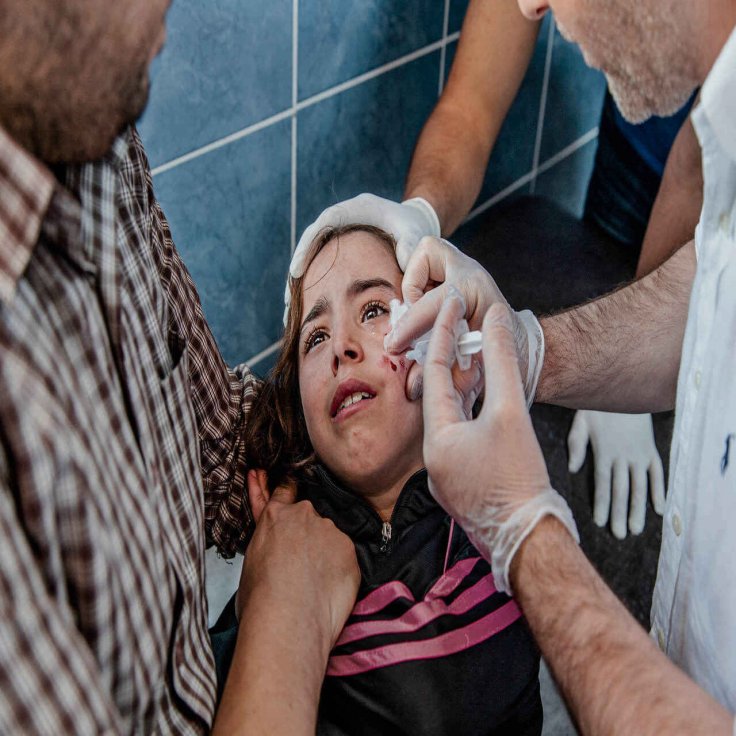
Leishmaniasis is on the rise, with more and more people across Syria getting infected. An added problem to the Syrian Crisis, this has become a major issue for the population leading to relocations in order to prevent the parasitic disease from rising. Otherwise known as 'Aleppo Boil', Leishmaniasis began in Aleppo and has since reached across Syria and neighboring countries of Turkey and Lebanon. There are claims that The Syrian Crisis has been the cause for the rise, as a result of the destructed infrastructure leading to an increase of sandflies to inflect the population. Ahmed Alameldeen and Jennifer Myer have recently made a report noting preventative strategies and treatment for Leishmaniasis, to determine how to best control the disease. Today, we're going to take a look at Leishmaniasis, looking over the methodologies, plans, and treatments to prevent the spread of the parasitic disease.
Leishmaniasis is a parasitic disease that is caused by being bitten by a sandfly, leading to abnormal swelling in the liver, boils, and many other hazardous symptoms. There are three forms of the disease including cutaneous (CL), mucocutaneous (MCL), and visceral (VL), altogether causing severe problems for infected patients. Cutaneous is the most common type of parasitic illness, causing boils and lesions on the skin. Mucocutaneous causes damage to the mouth, nose, and throat area, leading to possible suffocation and death. Visceral is the most concerning of the three, which causes death among 90% of patients.
Visceral Leishmaniasis has been a major issue in India for more than 30 years, with millions of people at risk of detrimental symptoms and in most cases, death. Like Syria, India is making efforts to eliminate visceral leishmaniasis from spreading across the population. They've implemented control interventions and strategies in order to stop the rise of sandflies infecting the country.
Ahmed Alameldeen is working on the MENTOR initiative as the Operations Office in 2013, in order to find the cure of Leishmaniasis in Syria. This control program aims to give an effective treatment that will massively decrease the rates of cases across the Middle East to further improve the living conditions of the people in Syria.
In order to prevent further cases, they have implemented netting otherwise called long-lasting insecticidal nets (LLINs) and curtains (LLICs) in order to protect them in their homes from developing the disease. They have also introduced indoor residual sprays (IRS) to be done on-site and in residential properties in order to prevent the spread. Other forms of preventative strategies include limiting dogs and cattle who can be potential carriers in these areas and the removal of waste and rubble that can increase the population of sandflies.
There have even been medical treatments and medications such as Cryotherapy, Glucantime, and Liquid Nitrogen, which have helped alleviate symptoms. Treatment is necessary to prevent the spread of the illness, keeping the population safe. They even have people monitoring temperatures as at over 25 degrees Celsius as this is where more sandflies can breed, increasing amount of parasites.
As a result of the Syrian Crisis, this has caused further issues for the healthcare of the country with dozens upon dozens being affected by Leishmaniasis. With Ahmed Alamadeen's help, they've been able to develop a concrete plan and program in order to improve the number of cases in order to keep the population in a good stance. Soon enough we will see improvements in the foreseen future.









